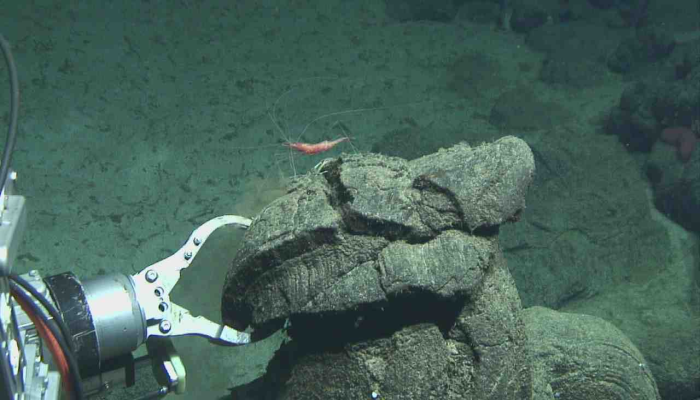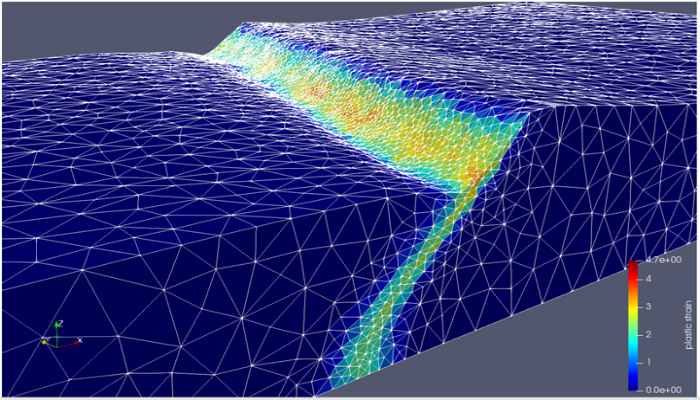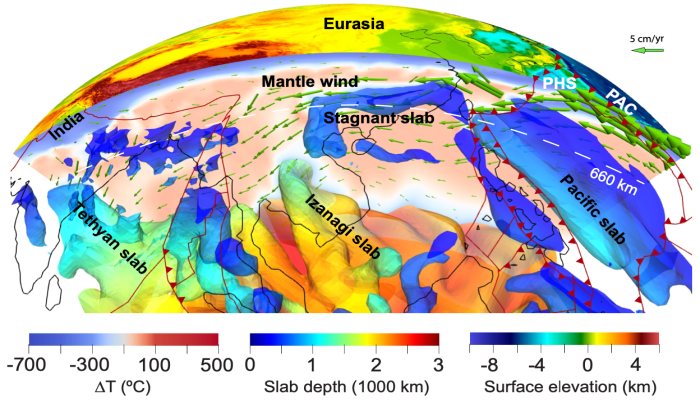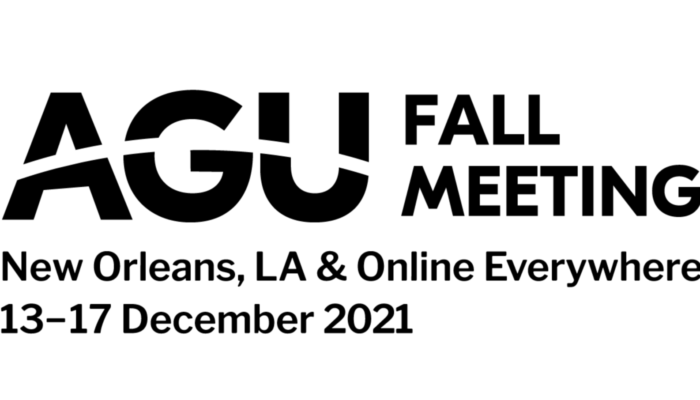Mechanisms for stab stagnation are essential for understanding the mantle circulation patterns. This week, Diandian Peng, a graduate student from University of Illinois explores how dynamic pressure gradients can pull the slabs sideways stagnating them at the Mantle Transition Zone. Seismic imaging provides critical constraints on the structure and evolution of subducted slabs. Numerous tomographi ...[Read More]
AGU times
The first hybrid AGU meeting has everything one expects from the AGU – a long line to the registration desk and, a mile walk between the two ends of the conference hall, a large exhibit hall with NASA and their most-desirable calendars at the nexus, and our favorite poster hall to “network” with others – but with an added confusion, palatable emptiness, and no beer in sight! This week is a short b ...[Read More]
To boldly go… deep sea exploring to study Earth’s interior

As geodynamicists, we are sometimes oblivious on how we get the geophysical constraints in our numerical models. This week Molly Anderson, a PhD student at the University of Florida, takes us on a exciting dive to study the geochemical signatures of the East Pacific Ocean seafloor! People are often surprised to hear that the seafloor is covered with volcanoes, let alone that the most extensive cha ...[Read More]
Repurposing a research tectonic modeling code as a community service: The case of DES3D

This week, Dr. Eunseo Choi, a professor at the Center for Earthquake Research and Information, the University of Memphis, talks about tectonic modelling using DES3D. *Spoiler alert* read till the end for an exciting opportunity to work on it The advent of the open-source movement and the free public software repositories such as GitHub have drastically improved the way research codes are maintaine ...[Read More]


